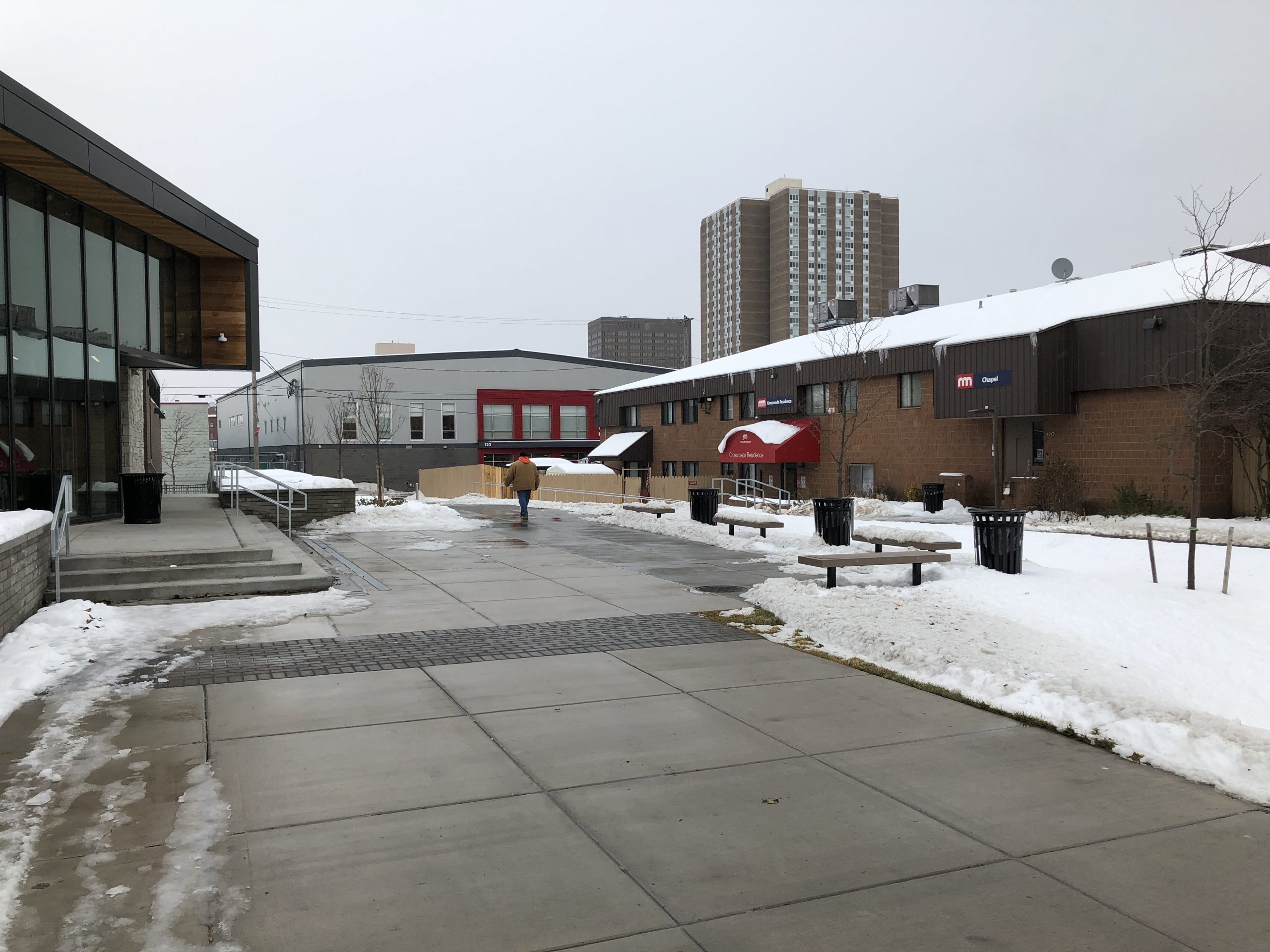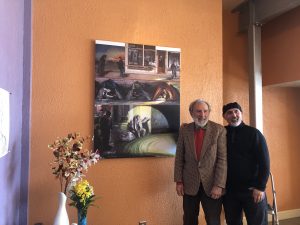Onondaga County homelessness is declining
Onondaga County homelessness is declining

For the past three years, Onondaga County’s homeless population has declined.
Between 2017 and 2019, according to the Housing and Homeless Coalition of Central New York, the number of homeless persons in Central New York decreased by 330 people. The coalition, which tracks data over fiscal years, also noted that 48% of individuals living in shelters were able to move on to more stable housing situations.
HHC Director Megan Stuart said she believes that the decline is a result of the various shelters within the county as well as other systems that support people who are in danger of becoming homeless.
“I think that we’ve set up a lot of community systems to get people moved out of homelessness quickly and into permanent housing,” Stuart said. “We’ve also taken up a lot of initiatives to help prevent homelessness in the first place.”
There are over 50 institutions in Onondaga County that provide shelter and support for its homeless population. One of these organizations, the Rescue Mission, has been serving and aiding Central New York’s homeless since 1887 with locations in Syracuse, Auburn, and Binghamton.
Victoria Shires, the Rescue Mission’s chief development officer, manages the organization’s fundraising, events, volunteers and marketing. Shires said she believes that Syracuse’s homeless issues stem from a variety of different factors.
“There is a number of root causes to homelessness,” Shires said. “Really a lack of affordable housing, poverty, low wages, unemployment and underemployment, substance abuse, mental health, domestic violence and family related issues, those are just to name a few that are out there.”
The Rescue Mission’s emergency shelter at 155 Gifford St. on Syracuse’s Near Westside has 183 beds and is the largest in Onondaga County. The organization’s food service centers serve three meals a day to anyone in the community regardless of need.
“If you came in tomorrow and you wanted a meal we would feed you,” Shires said. “No questions asked.”
The Rescue Mission helps its residents by working with them to develop a “life plan” that will improve their state of living. This system allows the residents to connect with client care specialists and case managers who work on any needs that a homeless individual might have. This plan varies from resident to resident based on their situation.
“The plan is not the same for everyone,” Shires said. “For some individuals, getting help with substance abuse treatment is important. For others, it’s finding employment and for others, they’re here maybe only for one or two nights and so there’s never a whole plan developed.”

Other organizations, such as the Booth House, provide care and support for Onondaga County’s homeless youths. Located on 3624 Midland Ave., the Booth House has provided shelter for Onondaga County’s runaway and homeless youths for more than 30 years.
Booth House Program Director Mithila Hasan has been working with the institution since she graduated from the University of Western Ontario. After nearly 20 years of working for the organization, Hasan noted the various changes the Booth House had to experience to support homeless youths.
“It really has had to adapt with the times,” Hasan said. “We’ve had to adapt our rules to really kind of make Booth House attractive to homeless kids.”
Hasan said she believes that homeless youths in Onondaga County are a direct result of gaps in education.
“A lot of that is a big struggle for families,” Hasan said. “You find that during the winter months and when school is in session, our numbers are much higher because kids are getting suspended from school… sometimes kids just want to leave home to avoid consequences for school related issues.”
The Booth House receives most of its funding from the Onondaga County Youth Bureau, as well as a yearly average of 4,000 to 6,000 product donations from locals. These donations include food, clothing, and hygiene products. While Hasan said she believes that the homelessness issue is being addressed, she also gave her opinions on the misconceptions it can bring to the county’s locals.
“Homelessness is such a fluid type of thing,” Hasan said. “It’s not typically just what people think… it’s not just about them being on the street. It’s about them not having a place of their own, living with other people…many different things.”
One of Syracuse’s homeless residents, Jack Richardson, is taking refuge at one of Syracuse’s Catholic Charities shelters. A former construction worker who has been homeless for two years, Richardson spoke about the benefits of living in shelters and how they work to improve his state of living.
“They provide food stamps, public housing, but you have to stay there for a while,” Richardson said.
Other homeless individuals in Onondaga County have spoken about their mistrust of shelters. One individual, who goes by the name Wayne, said he believes that there is a lack of resources within the county to provide adequate support for the homeless population. The individual declined to give his last name.
“A lot contributes to the homelessness,” Wayne said. “Uncaring people, lacks of resources… it’s all kinds of stuff.”
Within the last ten days of January, the HHC will conduct their next annual homeless headcount to reveal the number of homeless individuals living outside shelters in Onondaga County. Last year’s count showed 13 people living outside as well as 717 people in shelters.







